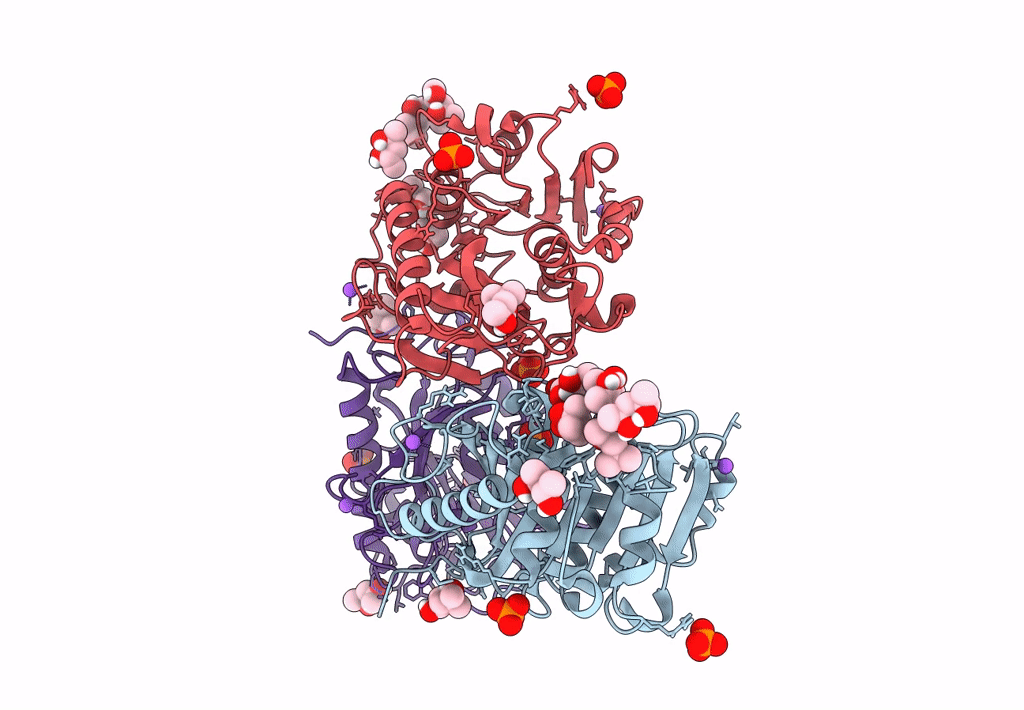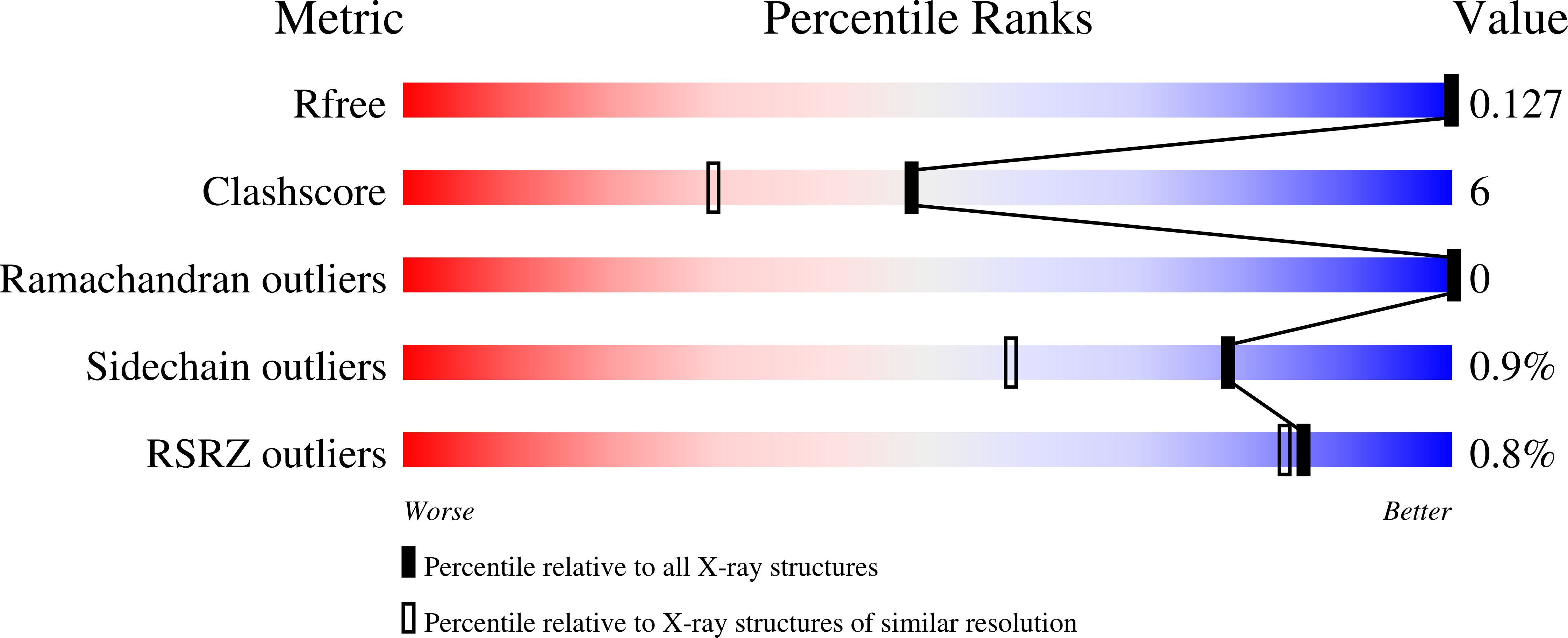
Deposition Date
2022-03-11
Release Date
2022-11-23
Last Version Date
2024-11-06
Entry Detail
PDB ID:
7Z6B
Keywords:
Title:
PET hydrolase PET6 from halophilic organsim Vibrio gazogenes
Biological Source:
Source Organism:
Vibrio gazogenes DSM 21264 = NBRC 103151 (Taxon ID: 1123492)
Host Organism:
Method Details:
Experimental Method:
Resolution:
1.40 Å
R-Value Free:
0.12
R-Value Work:
0.09
R-Value Observed:
0.10
Space Group:
P 1


